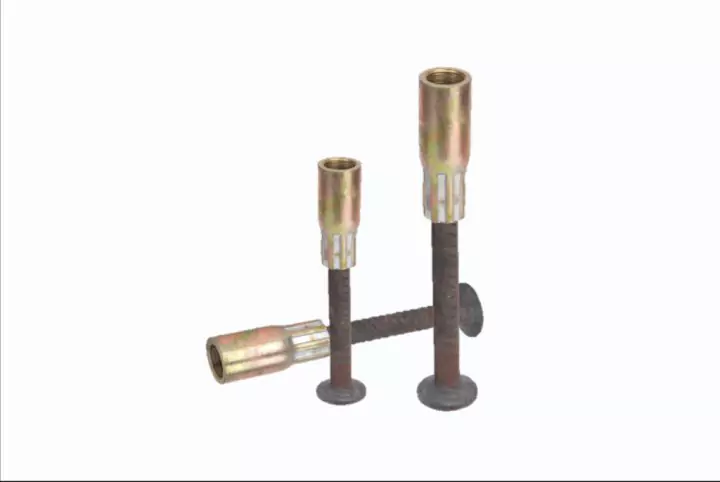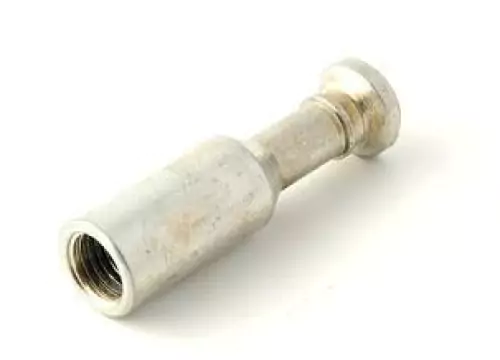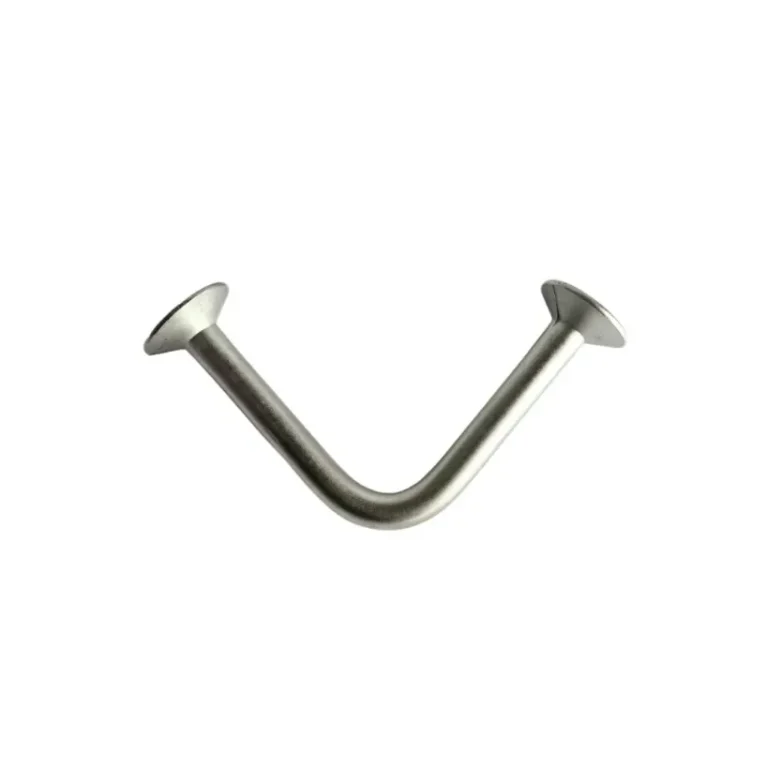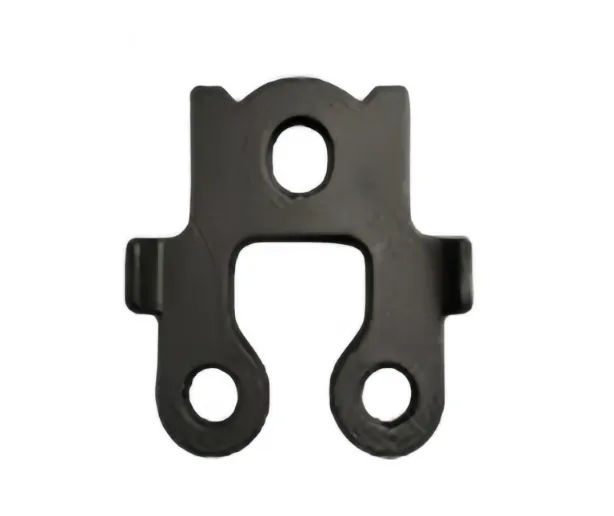The construction industry continually seeks ways to improve efficiency and safety, particularly in lifting and transporting precast concrete elements. Lifting sockets are critical components that facilitate the handling of these heavy materials. This guide offers insights into lifting sockets for precast solutions, emphasizing their significance in high-load applications. We will explore various types of lifting sockets and introduce particular products that meet the rigorous demands of the industry.
Understanding Precast Concrete and Lifting Sockets
Definition and Application of Precast Concrete
Precast concrete refers to concrete elements that are cast and cured off-site, then transported to the construction site for installation. This method enables controlled manufacturing conditions, leading to improved quality and consistency of concrete products. Common precast elements include walls, floors, beams, and columns, which are versatile solutions in various construction projects, from residential buildings to large-scale infrastructure. The use of precast concrete significantly reduces construction time while enhancing structural integrity.
The Role of Lifting Sockets in Precast Concrete
Lifting sockets are crucial for the safe handling and installation of precast concrete products. These sockets are embedded into the concrete during the casting process and serve as attachment points for lifting equipment such as cranes. By providing secure lifting points, lifting sockets help minimize the risk of accidents and damage to the precast elements. Their design must accommodate the specific weight and geometry of the concrete pieces, ensuring stability and safety during transportation and placement.
Types of Lifting Sockets for High Load Solutions
Introduction to BaoQi Products and Services
BaoQi is a reputable manufacturer specializing in lifting and handling solutions for the precast concrete industry. They offer a wide range of lifting sockets designed to meet the varying demands of high-load applications. Their products aim to enhance the safety and efficiency of precast concrete handling by utilizing advanced materials and innovative designs. BaoQi‘s dedication to quality and performance makes it a trusted partner for contractors and builders seeking reliable lifting solutions.
Combi Lifting Socket
The Combi lifting socket is designed for versatility and strength, making it suitable for a range of precast applications. This type of socket can accommodate multiple lifting angles, allowing for the flexible positioning of precast elements during installation. The Combi lifting socket features a robust construction, often made from high-strength materials that can endure significant loads without deformation. Its unique design facilitates both horizontal and vertical lifting, significantly improving the efficiency of handling operations.

Crown Foot Lifting Socket
Crown foot-lifting sockets are engineered specifically for high-load solutions, particularly in the context of heavy and large precast elements. Featuring a crown-shaped design, these sockets provide superior load distribution and stability during lifting activities. The crown foot lifting socket is compatible with various lifting devices and offers enhanced safety features to prevent slippage during transportation. Its application ranges from monumental architectural elements to heavy industrial structures, reinforcing the importance of reliable lifting sockets in ensuring safe and efficient construction practices.
Installation Procedures for Lifting Sockets
Preparing for Installation
Carefully preparing the phase before the installation of lifting sockets for precast concrete is very important! It includes identifying the exact requirements for the precast elements, such as their size and weight so that the correct type and quantity of lifting sockets are utilized to ensure safe handling. Moreover, the lifting equipment must also be checked that it is fit for loads and there must not be any overload. Preparations made before the site should also include finding some of the safest methods for lifting, how your installation team is going to perform the lift as well as what equipment shall be used, and any safety protocols needed to minimize risk while lifting.
All objects from the area of installation should be removed to provide safe surroundings for manner and equipment. Prepare solid and even ground, supporting the lifting equipment as well as the elements to be placed. It is also important to set up a safe zone or area where cranes and other lifting machines avoid potential hazards. In addition, good communication between the members of the team is needed for an orderly and functional lifting. Educate and inform all personnel who will use the sockets of the approved procedures in lifting techniques and safety measures.
Step-by-Step Installation Guide
The process of installing lifting sockets for precast elements is usually systematic. Initially, these sockets are to be positioned on the precast elements as per engineering designs. It is important to reference the architectural and structural drawings for proper placement. Then, the sockets must be placed tightly within the concrete mixture by precast element bearing points. A lot of care is taken during casting to make sure that the orientation of the lifting inserts prevents misalignment.
When the precast components have cured sufficiently and are ready for transport, an inspection of the lifting sockets should be performed by the installation team. That is, look to see what has been scratched or dented on their surface which would develop t weak point when lifting. So the team needs to affix the lifting gear to those sockets and do a test lift to ensure that everything will be stable during operation. Once tested, the lifting sockets can be used for real-world lifts. Critical to this process is effective communication between all the involved parties in minute detail throughout this process to solve problems before they escalate and manage risk.
Post-lift, slew connectors should be inspected for any signs of wear and damage as they need to remain in optimal condition moving forward. An effective and efficient maintenance regime with a clearly defined replacement policy for damaged sockets will maximize the life of lifting equipment whilst ensuring safe precast concrete handling activities. Photo documentation of the process and results also contributes to the understanding and implementation of future lifting sockets for precast components.
Benefits of Using Lifting Sockets in Construction Projects
Enhanced Efficiency
Lifting sockets for precast elements facilitates a significant increase in efficiency in the construction process. This enables quicker and safer pickup of heavy precast components by providing secure attachment points for cranes/other lifting devices. This ability saves a lot of time, being able to place precast exactly where it needs to be in real-time. Given that lifting is the most dangerous aspect of an operation, precise lifts mean avoiding human error and consequently improving workflow processes on-site with minimal downtime.
Often, the use of lifting sockets eliminates the need for supplemental support structures or temporary fixtures, streamlining installation practices. This can mean that less material is needed for support and therefore it can lower the cost of raw materials. In the end, this shortens timelines at each stage of the project, which means projects are completed quicker and more quickly providing producers to perform when they can deal with several jobs at once.
Furthermore, lifting sockets show an organized way of transporting precast elements. Easier handling can lead to an improved site layout, with greater access to materials and less congestion on-site. Smart application of lifting sockets makes working time more effective which keeps the successful fruitful ratio high for construction efforts. Lifting sockets, if used correctly, can increase the efficiency of work being done which in turn strengthens the result of construction projects.
Increased Safety Measures
Safety is key with precast concrete as we are dealing with heavy structural elements. Lifting sockets are considered one of the safest options available for lifting heavy objects, due to their on-site safety increase. Lifting sockets are used to provide stable attachment points that reduce the risk of slippage or failure during the lift. Its reliability minimizes the possible incidents which may cause worker injury or material damage.
If correctly installed and maintained elevation sockets are strong, which implies that even the heaviest precast elements can be securely managed. With safety features like anti-rotation designs and load indicators, extra peace of mind is provided that the lifting will be performed correctly, freeing construction crews from worrying about added hazards during operation.
Additionally, lifting sockets require that all people who engage in a lift must undergo safety training. Such training is instrumental in creating awareness amongst the workers regarding a culture of safety, thus leading to more compliance with the efficacy of protocols and best practices. Clearly defined roles and responsibilities, along with regular safety auditing, promote safer constructability overall.
Construction businesses can greatly reduce the risk factors involved with heavy lifting operations by investing in high-quality lifting sockets and training. Such proactivity in addressing safety protects workers and builds credibility and trust from clients on construction projects, which naturally leads to a good name in the industry. To conclude, the thoughtful planning of mini lifting sockets for precast components is integral to gaining improved productivity and safety in your construction.









